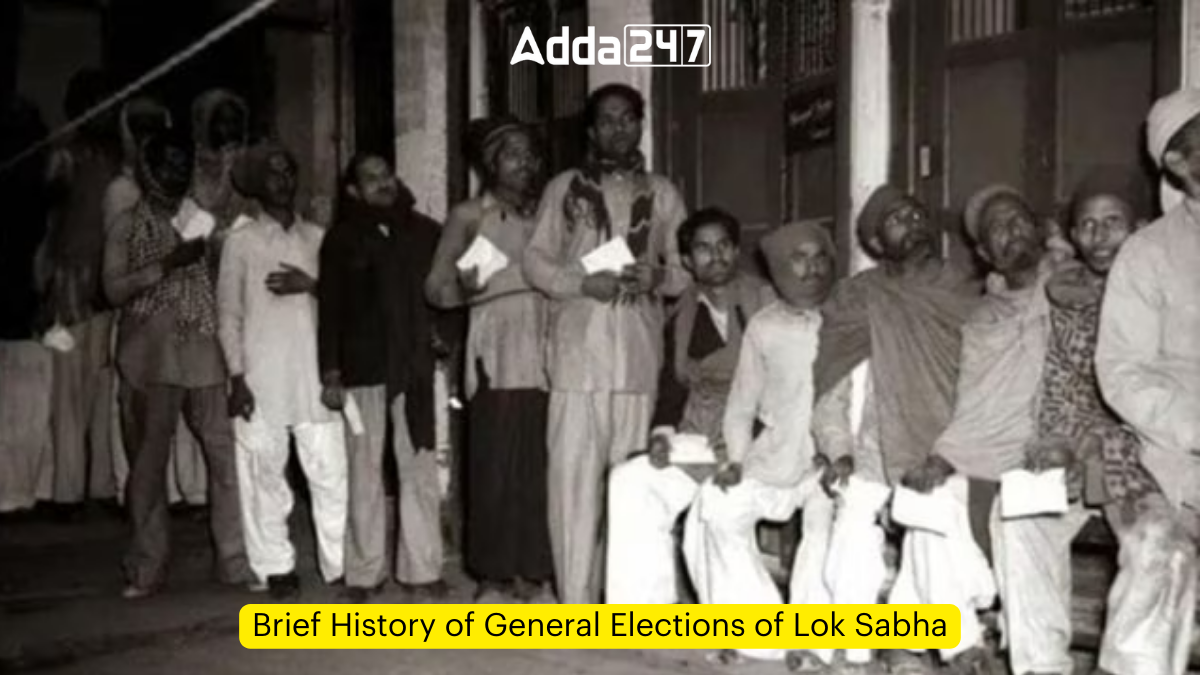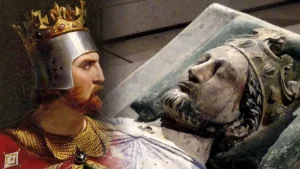The Lok Sabha, the lower house of India’s Parliament, has witnessed 17 general elections since India’s independence. Each election has played a crucial role in shaping the nation’s political landscape. This article provides a brief overview of the key facts and highlights from the 1st to the 17th Lok Sabha elections.
1st Lok Sabha (1952-1957)
Total Seats: 499
- Election Period: 25 October 1951 – 21 February 1952
- Phases: 68 voting phases
- First Ballots: Chini and Pangi in Himachal Pradesh
- Results: Congress – 364 seats, Communist Party of India (CPI) – 16 seats, Socialist Party (India) – 12 seats
- Notable Facts: Dr. B.R. Ambedkar’s Scheduled Caste Federation (SCF) secured 2 seats. Ganesh Vasudev Mavalankar was the first Speaker.
2nd Lok Sabha (1957-1962)
Seats: 505
- Results: Congress – 371 seats, CPI – 27 seats, Praja Socialist Party – 19 seats
- Notable Facts: First session post States Reorganisation Act of 1956, with only 4 national and 11 state parties competing. 22 women were elected, with most from Madhya Pradesh.
3rd Lok Sabha (1962-1967)
Seats: 508
- Results: Congress – 44.72% votes, CPI – 9.94%, Swatantra Party – 7.89%
- Notable Facts: Indelible ink was used for the first time. Prime Ministers: Nehru, Gulzarilal Nanda (acting), Lal Bahadur Shastri, and Indira Gandhi.
4th Lok Sabha (1967-1970)
Total Seats: 523
- Results: Congress – 283 seats, Swatantra Party – 44 seats, Bharatiya Jana Sangh – 35 seats
- Notable Facts: Indira Gandhi became the first female Prime Minister. The Congress split in 1969, leading to Congress (R) and Congress (O).
5th Lok Sabha (1971-1977)
Total Seats: 521
- Results: Congress – 352 seats, CPI (Marxist) – 25 seats, CPI and DMK – 23 seats each
- Notable Facts: Indira Gandhi’s “Garibi Hatao” slogan and leadership during the Bangladesh war. Emergency declaration on 25 June 1977 marked a dark period.
6th Lok Sabha (1977-1980)
Total Seats: 544
- Results: Bharatiya Lok Dal – 295 seats, Congress – 154 seats, CPM – 22 seats
- Notable Facts: Morarji Desai became the first non-Congress Prime Minister at age 81.
7th Lok Sabha (1980-1984)
Total Seats: 531
- Results: Congress – 353 seats, Janata Party (S) – 41 seats, CPI (Marxist) – 37 seats
- Notable Facts: Unemployment, labor unrest, and increasing militancy in Punjab. Operation Blue Star led to Indira Gandhi’s assassination.
8th Lok Sabha (1984-1989)
Total Seats: 516
- Results: Congress – 414 seats, Telugu Desam Party (TDP) – 30 seats, CPM – 22 seats
- Notable Facts: Emergence of BJP and TDP. Communal disharmony, anti-Sikh riots, and the Bofors scam.
9th Lok Sabha (1989-1991)
Total Seats: 531
- Results: Janata Dal – 143 seats, BJP – 85 seats, Congress – 197 seats
- Notable Facts: V.P. Singh became Prime Minister. Mandal and Mandir politics led to nationwide unrest.
10th Lok Sabha (1991-1996)
Total Seats: 508
- Results: Congress – 232 seats, BJP – 120 seats, Janata Dal – 59 seats
- Notable Facts: Economic liberalization under Narasimha Rao. Babri Masjid demolition and Mandal Commission report caused polarization.
11th Lok Sabha (1996-1998)
Total Seats: 545
- Results: BJP – 161 seats, Congress – 140 seats, Janata Dal – 46 seats
- Notable Facts: Rise in caste-based and regional politics. United Front government faced corruption scandals and instability.
12th Lok Sabha (1998-1999)
Total Seats: 545
- Results: BJP – 182 seats, Congress – 141 seats, CPM – 32 seats
- Notable Facts: Shortest-ever session due to political instability. Atal Bihari Vajpayee’s leadership helped BJP gain prominence.
13th Lok Sabha (1999-2004)
Total Seats: 545
- Results: BJP – 182 seats, Congress – 114 seats, CPM – 33 seats
- Notable Facts: Kargil War boosted Vajpayee’s popularity. Golden Quadrilateral Project and Pradhan Mantri Gram Sadak Yojana launched.
14th Lok Sabha (2004-2009)
Total Seats: 545
- Results: Congress – 145 seats, BJP – 138 seats
- Notable Facts: Economic growth under Manmohan Singh. Introduction of Electronic Voting Machines (EVMs).
15th Lok Sabha (2009-2014)
Seats: 545
- Results: Congress-led UPA retained power. Meira Kumar became the first woman Speaker.
- Notable Facts: Right to Education Act passed and Andhra Pradesh reorganized.
16th Lok Sabha (2014-2019)
Total Seats: 545
- Results: BJP – 282 seats, Congress – 37 seats
- Notable Facts: Introduction of policies like GST, demonetization, Digital India, and Swachh Bharat Abhiyan. NOTA option presented for the first time.
17th Lok Sabha (2019-2024)
Total Seats: 545
- Results: BJP – 350 seats
- Notable Facts: National security, COVID-19 pandemic, farmers’ unrest, and abrogation of Article 370 were key issues. EVMs 100% backed by Voter-Verifiable Paper Audit Trail (VVPAT).
Allocation of Seats Based on Delimitation Commission
Key Facts:
- Constitution Articles: 82 and 170
- Delimitation Exercises: Conducted in 1952, 1963, 1973, and 2002
- Current Law: Next delimitation may be conducted after the first census post-2026
- Commissions: Formed by the President, work closely with the Election Commission. Decisions cannot be challenged.




 Which Fruit has Seeds on the Outside?
Which Fruit has Seeds on the Outside?
 Which King is known as the Lion Heart?
Which King is known as the Lion Heart?
 Which Mountain is known as the Majestic ...
Which Mountain is known as the Majestic ...







